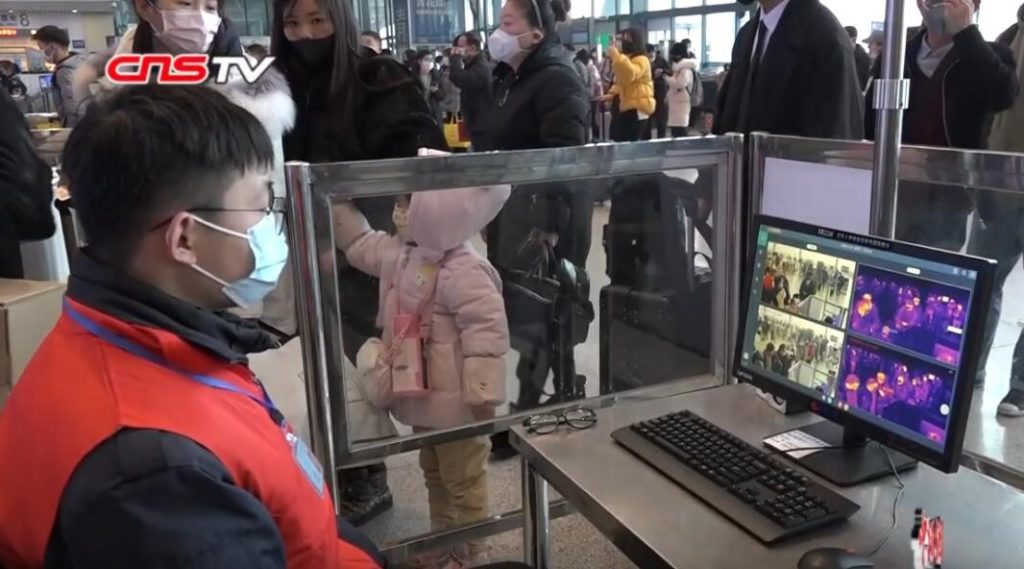How is AI helping authorities to deal with coronavirus?

BlueDot, a Canadian AI company, has been in the spotlight in the last few weeks because they’ve warned about coronavirus and made projections days before the WHO. They did this by tapping varied information sources beyond the official stats that refer to reported cases. IT and especially AI can play a vital role in predicting, preventing, and diagnosing coronavirus cases. Let’s explain how new technologies are helping authorities and healthcare providers to deal with coronavirus
BlueDot’s algorithm
BlueDot doesn’t rely exclusively on official reported cases. It takes that info, news stories all across the globe, reports from plant and animal illnesses tracking networks, and airline data. The result is an AI that is way better at simulating and predicting the disease spread than those that rely solely on official public data.
Traditional tracking focuses on following where and when people got the disease so it can identify the source of the outbreak and which sectors of the population may be at risk. BlueDot goes a step further, analyzing how a disease spreads in different populations. That helps the algorithm to predict where outbreaks may happen and how fast the infection may spread. Laboratories focus on finding cures, while researchers can predict where it will go next and what impact it may have, which helps to prepare better for the disease.
However, an algorithm’s accuracy relies on the amount and quality of data it’s provided with. For example, social media data, such as posts about being sick, flight maps, forum discussions, is unstructured data, which computers cannot easily read. Structured data, such as numbers of cases per location, can be easily processed by computers.
However, more advanced AI, such as deep learning, can actually understand unstructured data. Deep learning works on artificial neural networks, which means its processors are ordered in layers. The data passes from layer to layer, or it’s discarded at a certain point as it’s been taught to recognize specific components of a set of items. That means that developing more advanced models rely on the amount and quality of the data they can be fed. Social media data is rarely reliable, and that’s why BlueDot prefers not to use it. However, that also means it has lesser data in hand.
Even as algorithm models are increasingly accurate at predicting outbreaks, that doesn’t mean epidemiologists are not needed. AI is a tool, not a master. The thing is leveraging it to forecast and predict new cases and outbreaks, so healthcare providers can be in a better position to respond.
What about Chinese technology?
China is the epicenter of coronavirus, and technology firms have been in the frontline of the fight against coronavirus. For example, Pudu Technology has installed machines to aid the medical staff of 40 hospitals across the country to avoid direct contact with infected individuals. Alibaba, the e-commerce company, created an AI-based tool that, they claim, diagnosis coronavirus with 96 % accuracy.
However, there’s been worries because the government has expanded its surveillance systems to enforce quarantines and keep infected citizens under control. Some facial recognition cameras have been upgraded for identifying individuals without masks and scanning fever in crowds.